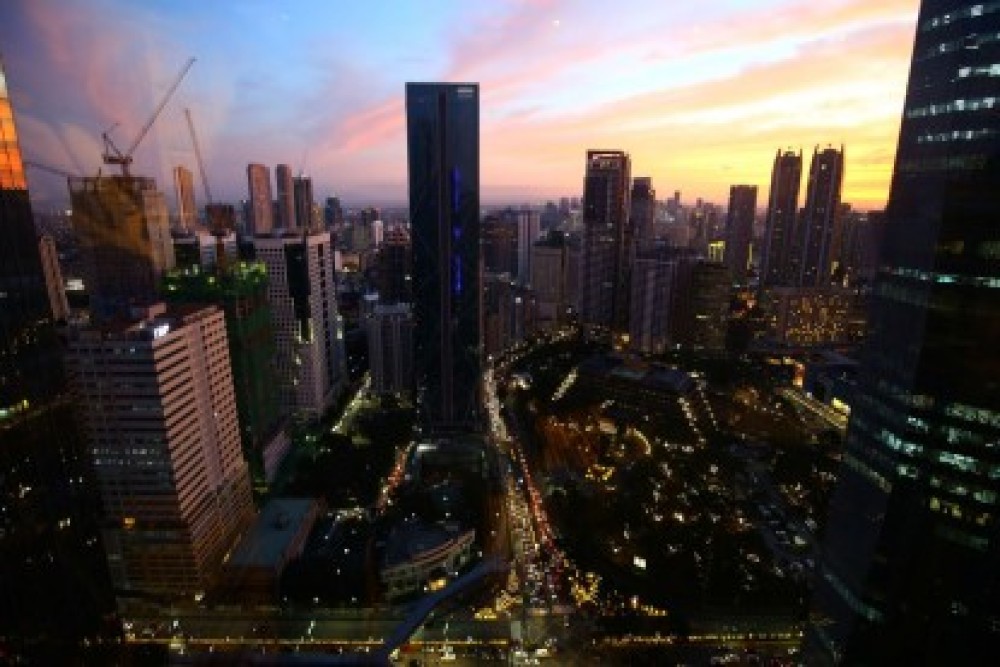S&P Global Ratings has raised the credit rating outlook of the Philippines to "positive" from "stable", citing the country's effective policymaking that delivered improvements in its credit metrics.
In a report, S&P also kept the sovereign credit ratings at "BBB+' for long-term and "A-2" for short-term.
"The positive outlook reflects our improved assessment of institutional and policy settings in the Philippines. This improvement could lead to stronger sovereign support over the next 12-24 months if the Philippines' economy maintains its external strength, healthy growth rates, and that fiscal performance will strengthen," it said.
S&P expects the Philippine economic growth to settle at 5.5 percent this year.
It added that while slower global economic growth may drag down the economy, growth in the Philippines "should be well above the average for peers at a similar level of development."
"The country has a diversified economy with a strong record of high and stable growth. This reflects supportive policy dynamics and an improving investment climate," it said.
According to S&P, remittance inflows, ongoing efforts to address infrastructure gaps and improvements in the business climate through regulatory and tax reforms will help boost growth.
S&P also noted the slowdown in inflation, which currently settled within the government's 2 to 4 percent target.
The government's move to lower rice import tariffs to 15 percent from 35 percent, it said, helped contain the increase in rice prices.
S&P also highlighted the improvements in the quality of expenditure, manageable fiscal deficits, and low general government indebtedness.
"The Marcos administration, elected in 2022, has demonstrated a commitment to the well-established medium-term fiscal framework that has delivered constructive development outcomes," S&P said.
According to the report, the economic recovery in will help lower the general government deficit to 4 percent of gross domestic product (GDP) this year from 4.5 percent in 2023.
Stickier inflation, high interest expenditure, and increased public spending will prevent a faster reduction of the deficit.
"We believe the poor fiscal performances during the pandemic years are over, and the government's fiscal position will gradually strengthen as the economy stabilizes," it said.
S&P forecasts the general government deficit to average at around 3.3 percent of GDP over the next three years.
The current account deficit meanwhile, is projected to persist but at a modest level over the forecast years.
"We may raise the ratings if our expectations of current account deficits tapering over the forecast period are realized such that buffers in the Philippines' narrow net external asset position are maintained and if the government achieves more rapid fiscal consolidation," said S&P.


